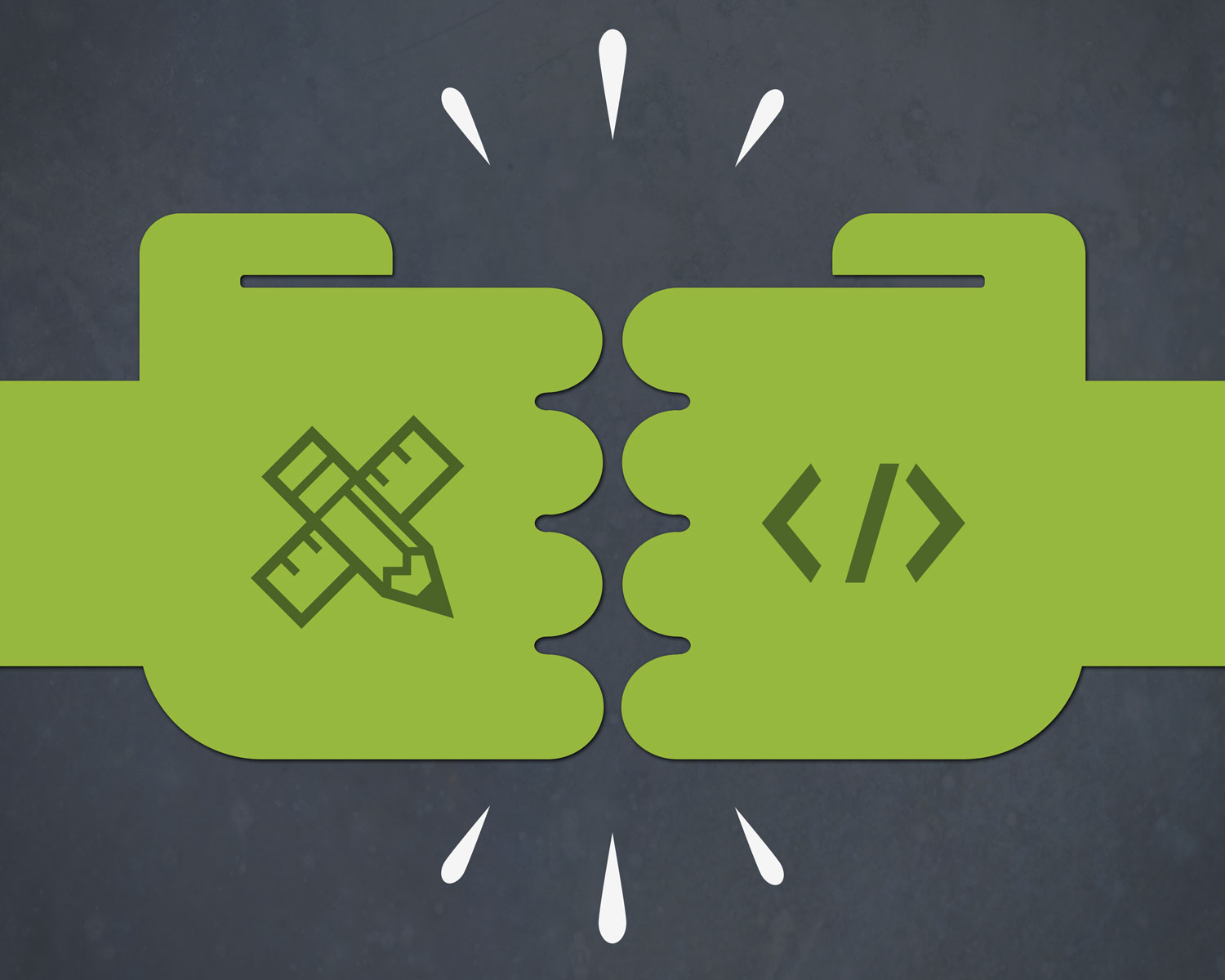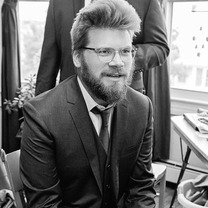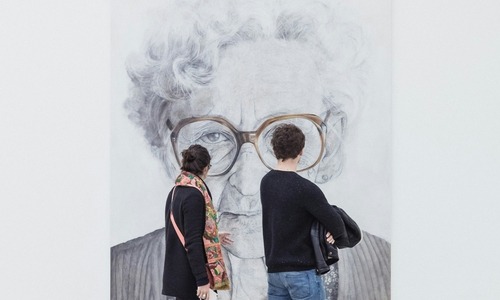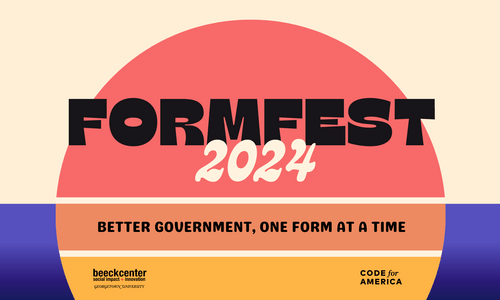
(Illustration by Colin Panetta, license CC BY-SA 4.0)
This was my second Design 4 Drupal, my first being just last year. As someone far on the “design” side of the “web design” spectrum (i.e., I know little to no code outside of cursory CSS), Design4Drupal is one of the only Drupal conferences I can go to and find content that’s directly applicable to what I do.
I made it to only a couple of sessions not counting our own. (Our own being the Case Study on our company website that I co-presented and Rob’s Responsive Javascript session, which I attended in a support capacity. Although I should have known he didn’t need me; Attendance for it was strong, unsurprisingly.) One of them was The 10 Commandments of Drupal Theming by David Moore. I thought it might help inform my design decisions when designing for Drupal. I knew right away when David said “There is one image in this presentation that isn’t a screenshot of code” that I had probably made a mistake. My suspicions were confirmed when the first Commandment turned out to be security-based. But that “one image”? Turns out it would redeem the session for me; It was Alien toys with little party hats on.
So that leaves one session that I attended that I could get practical information from, and luckily it turned out to do just that. It was Anti-Handoff: A Better Design & Front-end Relationship by Erin Halloway. Erin presented a number of methods for designers and developers to work more closely together, with the goal of reducing friction between the two and thereby producing a final site that is more finely designed. I was happy to find out that many of the strategies she outlined are already taken as given at Last Call; design and programming work hand-in-hand during all stages of site development, as opposed to the “Wham bam, thank you ma’am” handoff that apparently happens at other agencies. And we’re already taking care to only wireframe pages that need to be, and to only apply design to as many of those wireframes as is necessary to communicate the design to our client and give programming a complete picture of the site. The idea that Erin presented that I’m looking most forward to exploring is vertical rhythm. I hadn’t heard of it!
There were a couple points that I didn’t quite agree with Erin on, one being that I have Photoshop Actions that make exporting site assets such a snap that I’ve never had the urge to explore Photoshop’s Generator feature; If any cleanup of the automatically created folder of assets is required, there’s no way it could be efficient for me. (Not to mention that design trends and advancing technologies seem to be conspiring to reduce the number of images we use on any given site, sometimes nearly to nil.) But hey, that’s pretty much a tools preference, and different people often use different tools to complete the same job equally efficiently.
What’s funny is that, considering how in line Last Call is with Erin’s overall approach to handoffs (or the lack of them, rather), that we’re actually missing the baseline example she outlined; We don’t even have a meeting when a project moves from design to development. This is due to a simple fact; Up until very recently (just this week, in fact!) we were working out of a very small office, basically all sitting around the same table. We didn’t have a meeting because we didn’t need one. I’d lean over and hand the style guide to the lead dev, and they’d ask me questions as needed. The size of our office was not sustainable, but Erin’s session made me realize that it had actually instilled some very healthy practices into our business. Namely, that we’re all very connected, so communication is a snap, and we always work to make each other’s jobs as easy as possible. We’ll have to work to maintain this aspect of Last Call now that we’re in a bigger space (over eight times bigger!) And I’ll have to work extra hard; I’m moving to Baltimore later this month!




